Justice & Police Museum
All sides of the law
Step into Sydney’s dark side. Crooks and cops, locals and drifters, the guilty and the innocent have all left their stories here. Originally a police station and courts, the museum draws you into a world of crime, policing and punishment, from bushrangers and razor gangs to the future of forensics. In a city that’s grown out from the harbour, the waterfront has always been a place of misadventure and misdemeanour.
Justice & Police Museum
Gadigal Country
Corner Albert and Phillip streets, Sydney NSW 2000. Phone +61 2 9252 1144- Wheelchair accessible
Display
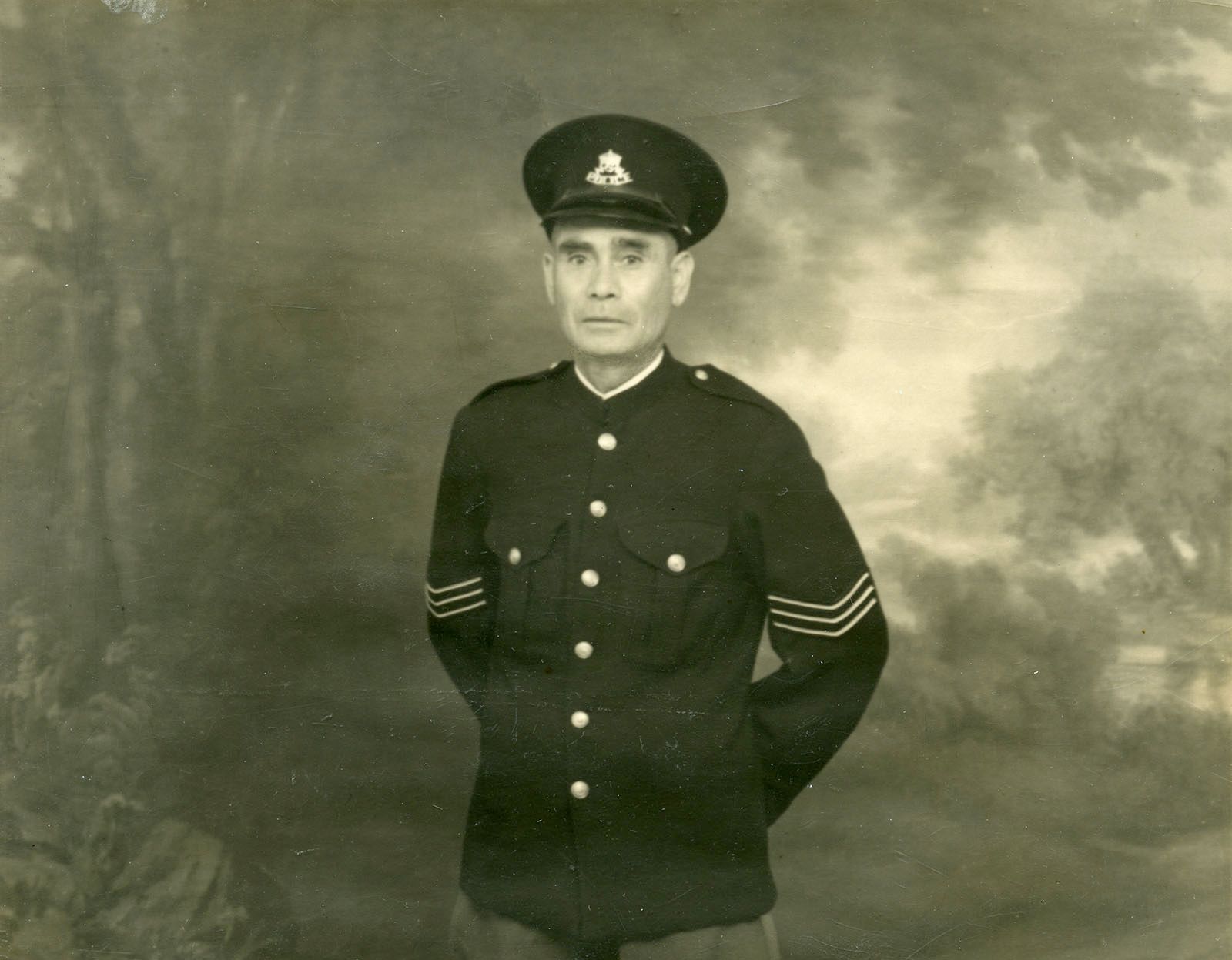
Alexander Riley, legendary Aboriginal police tracker
The remarkable talents of Aboriginal trackers who worked for NSW Police in the 20th century are featured in a display at the Justice & Police Museum
Stories
Browse all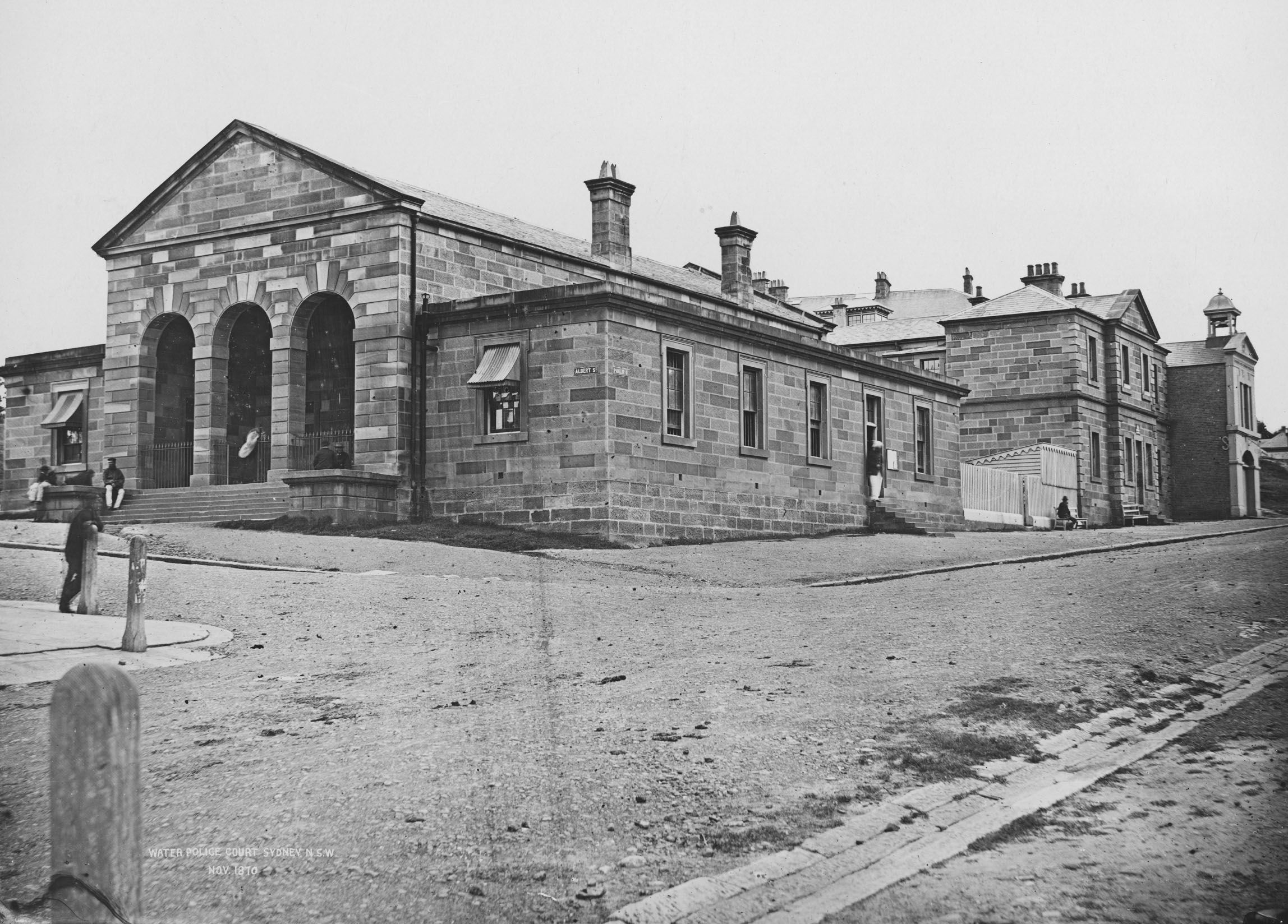
Gritty business
Immerse yourself in Sydney's chilling criminal past in this unique water-front museum of policing, law and disorder – with its grizzly collection of underworld weapons along with tales of mayhem and lawlessness, aptly described as an educational resource befitting a 'professor in crime'
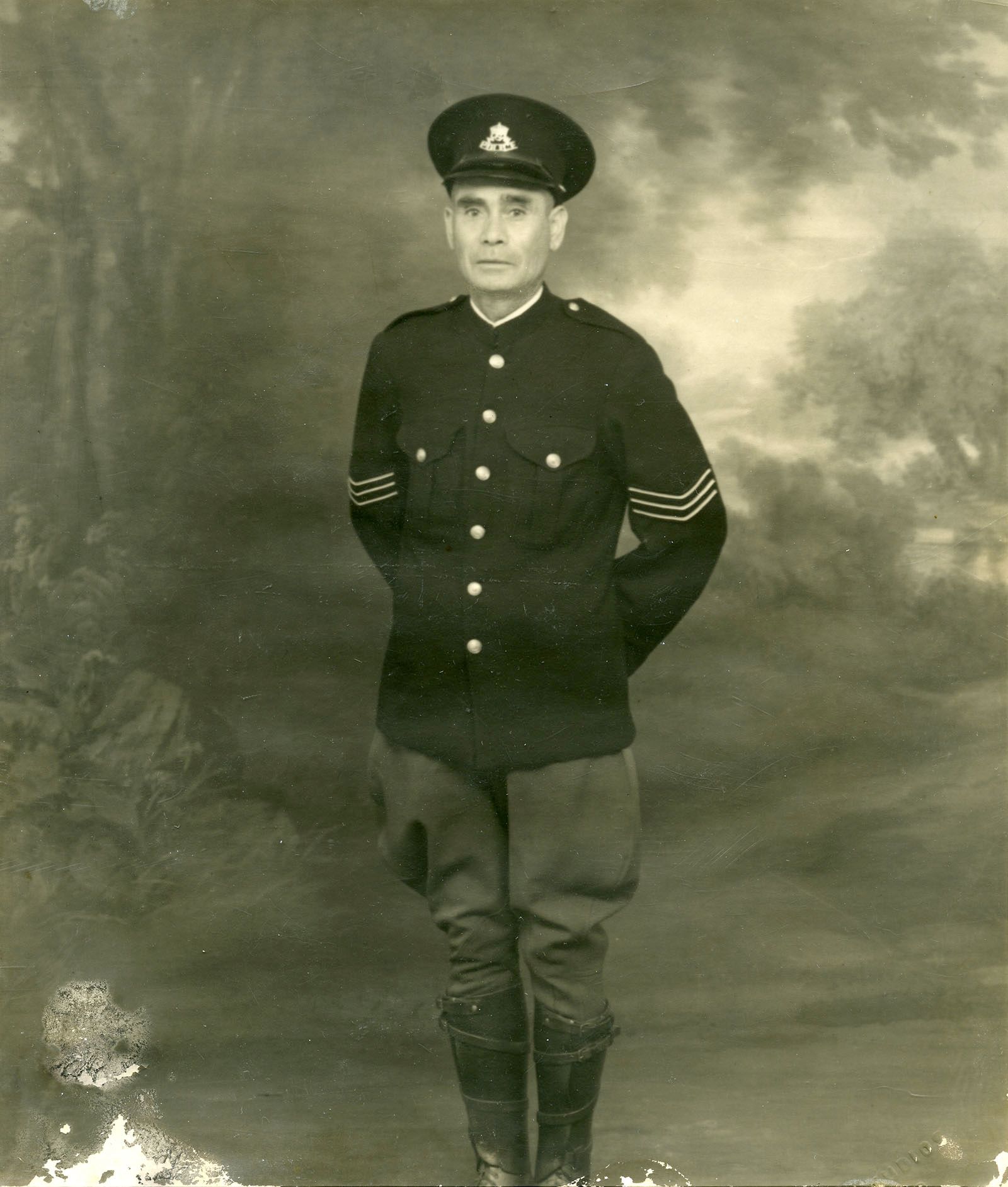
Alexander Riley, legendary Aboriginal police tracker
The remarkable talents of Aboriginal trackers who worked for NSW Police in the 20th century are featured in a display at the Justice & Police Museum
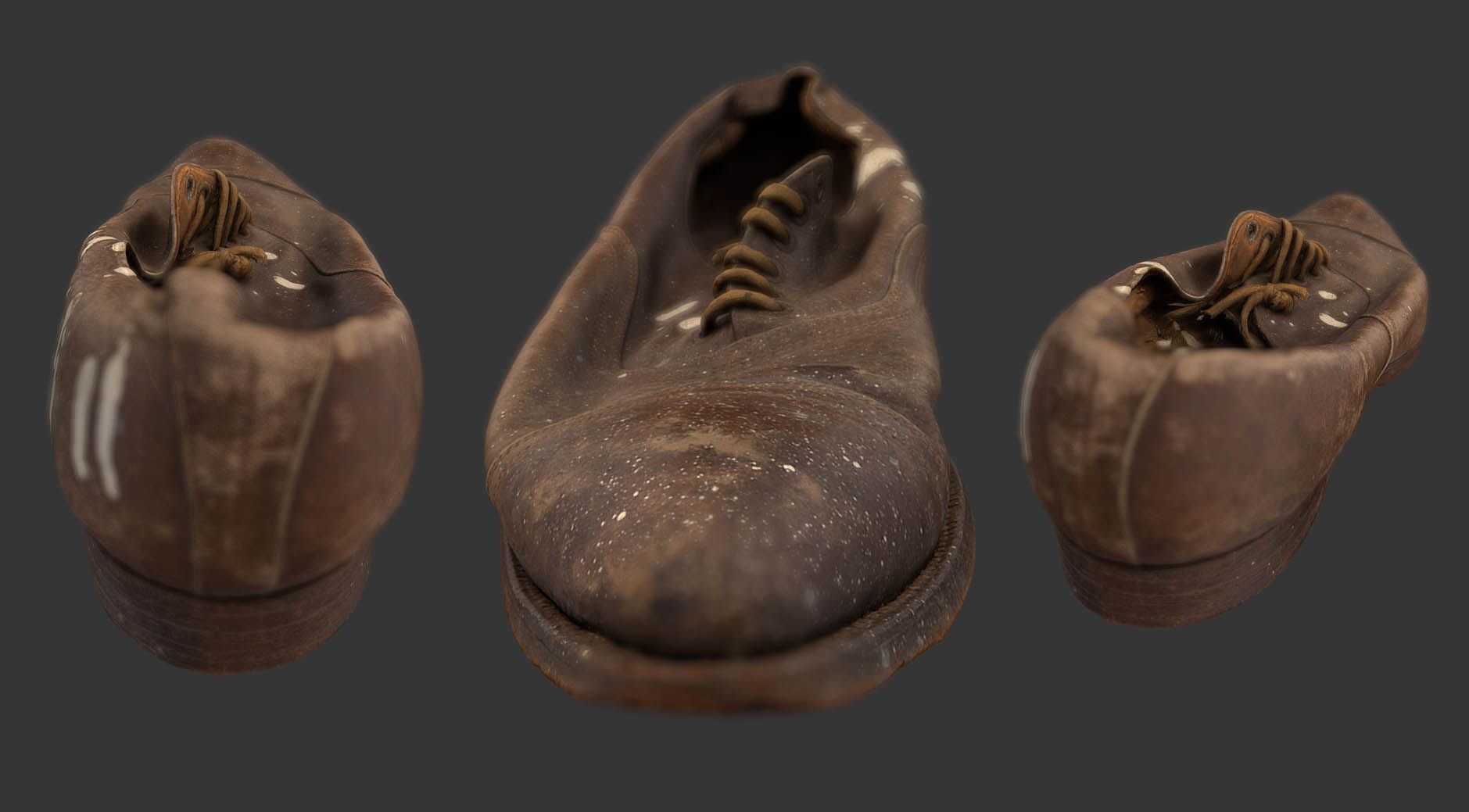
Dodgy, dangerous, disturbing
3D models: a fascinating exploration of some seemingly innocent objects modified for nefarious purposes from the Justice & Police Museum collection
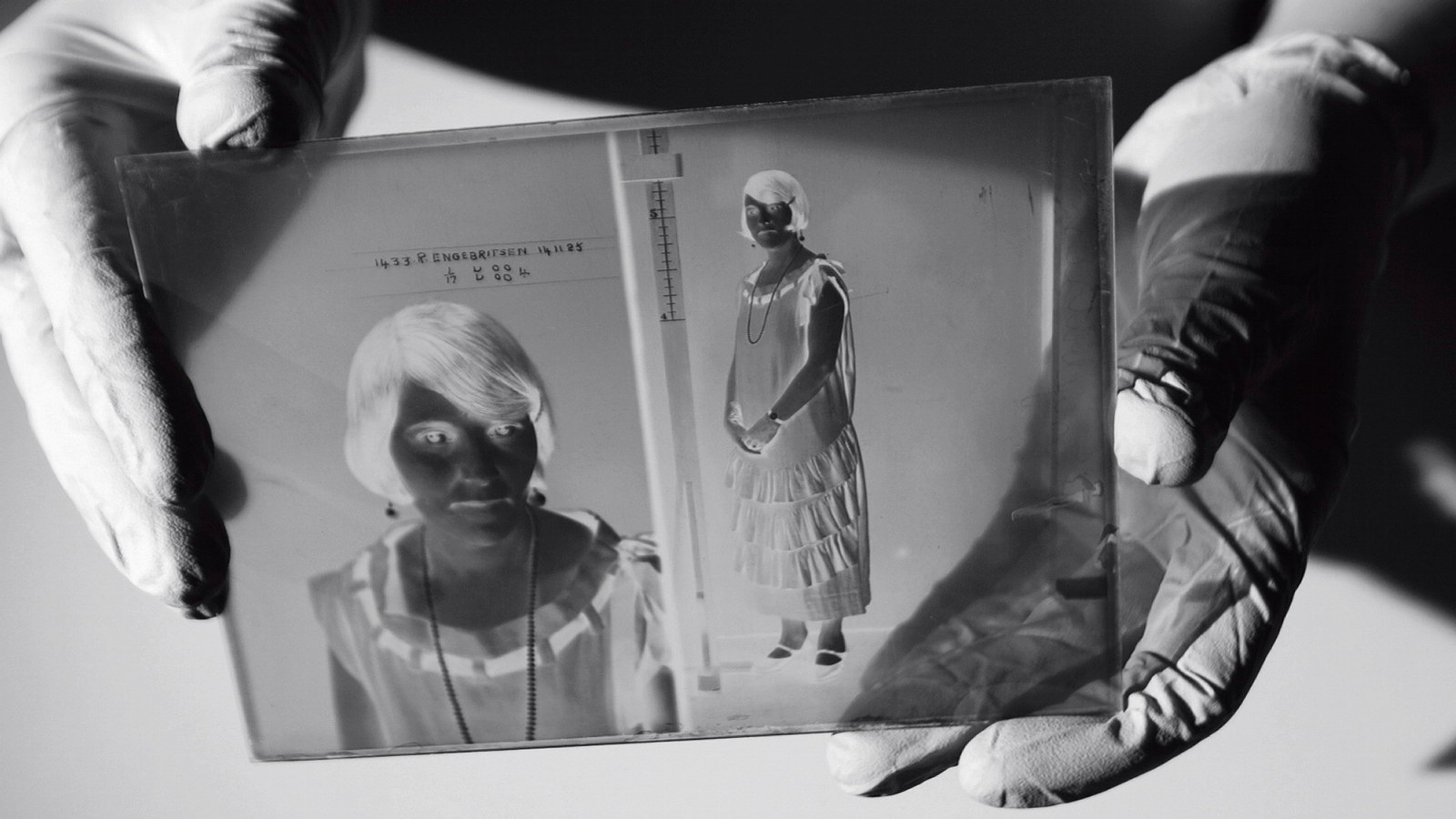
The Collection: NSW Police Forensic Photography Archive
The Justice & Police Museum cares for an eclectic collection of material relating to Sydney’s criminal and policing history
Learning programs
Browse all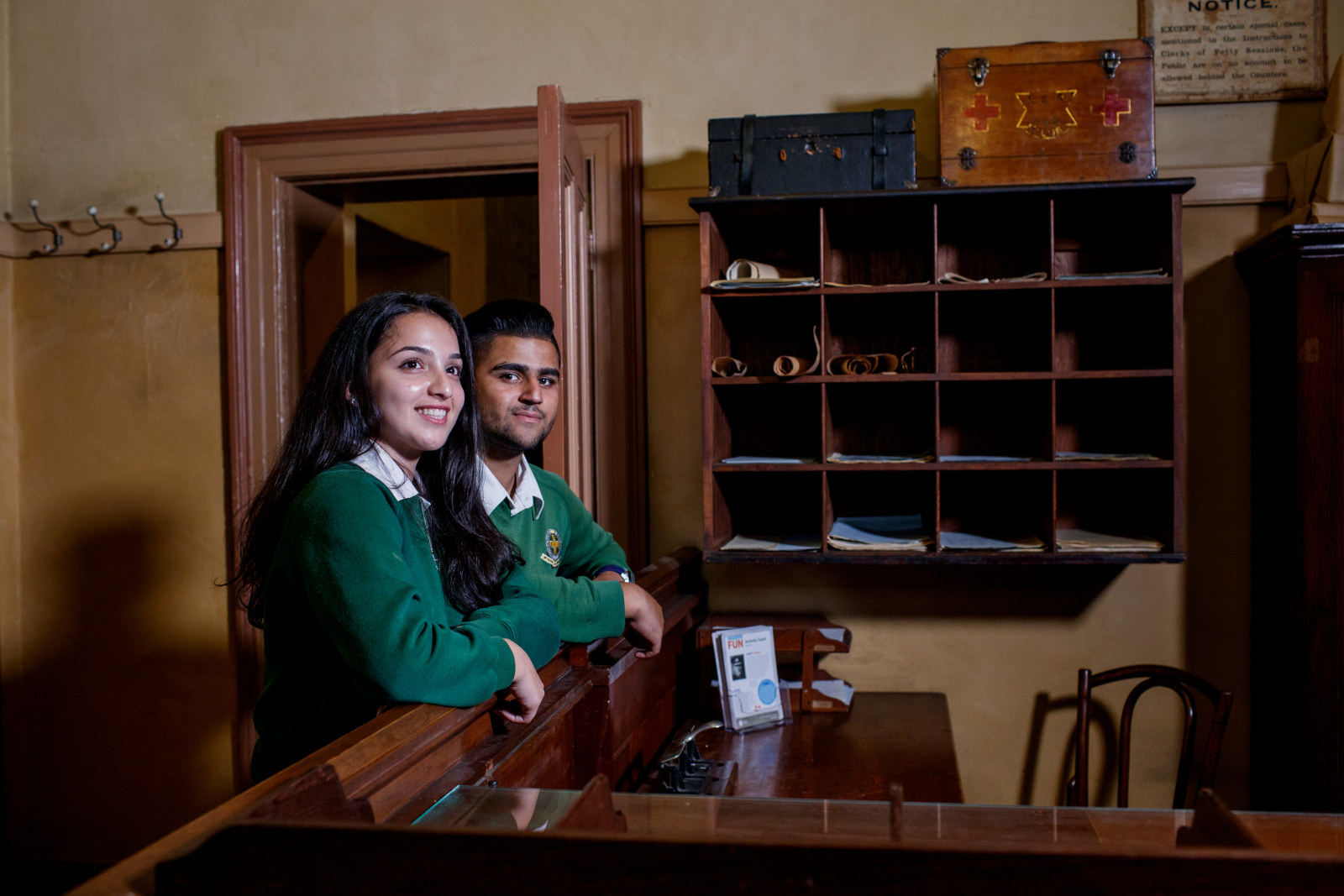
A Trial Run
Within the setting of a historic police station and courthouse, this program gives students the opportunity to develop a deeper understanding of the interrelationships between the law and society
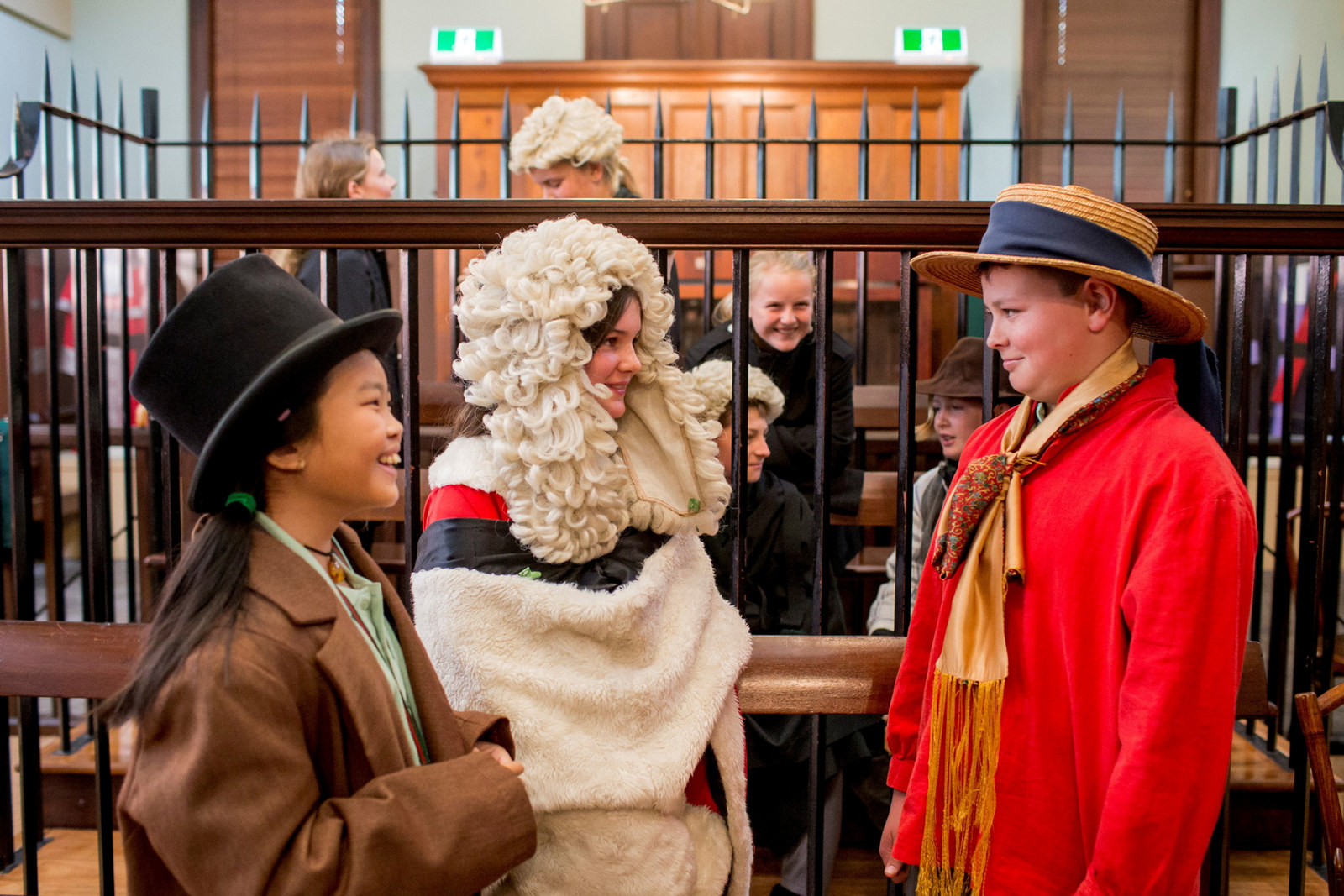
Bailed Up!
Students explore the impact of the gold rush on law and order in the colony of NSW, and of bushrangers on the Australian identity
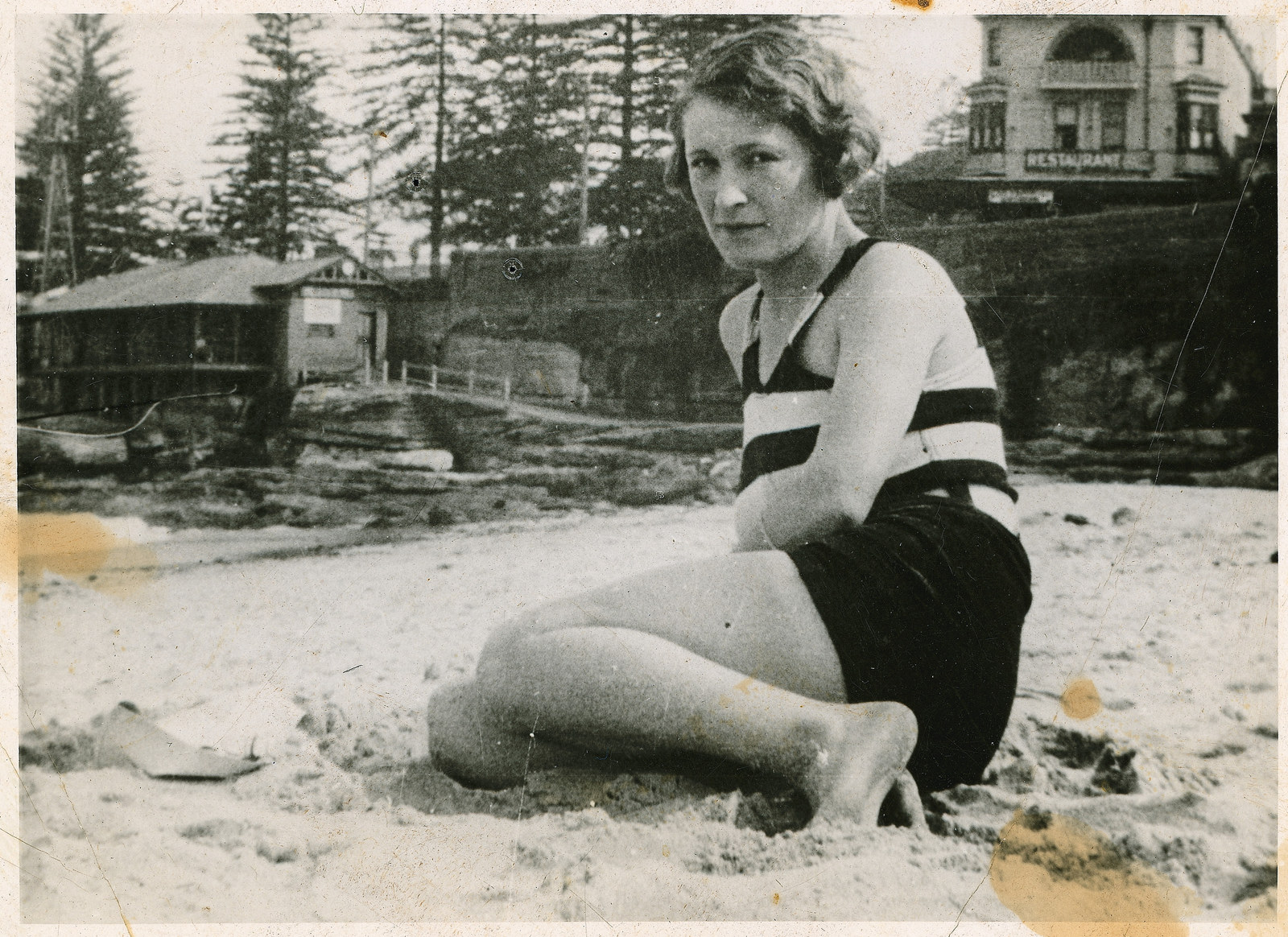
Crime & punishment: a case study
This challenging and thought-provoking program develops students’ skills in historical research and critical thinking, and their appreciation of history as a study of human experience





